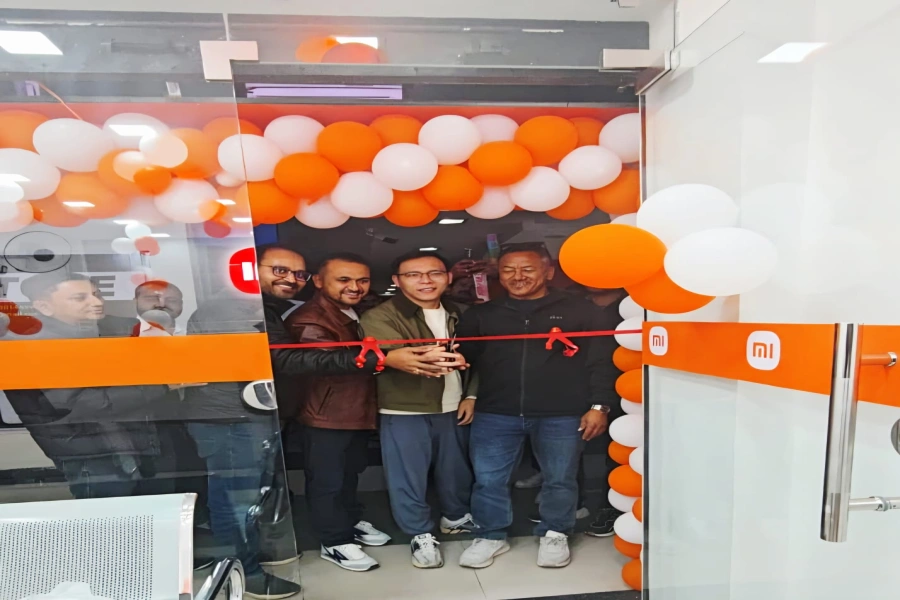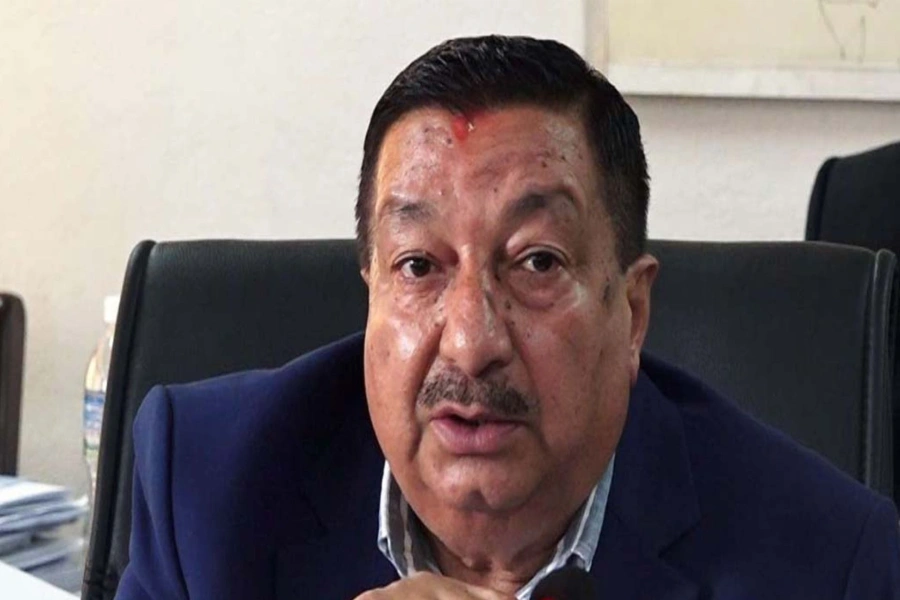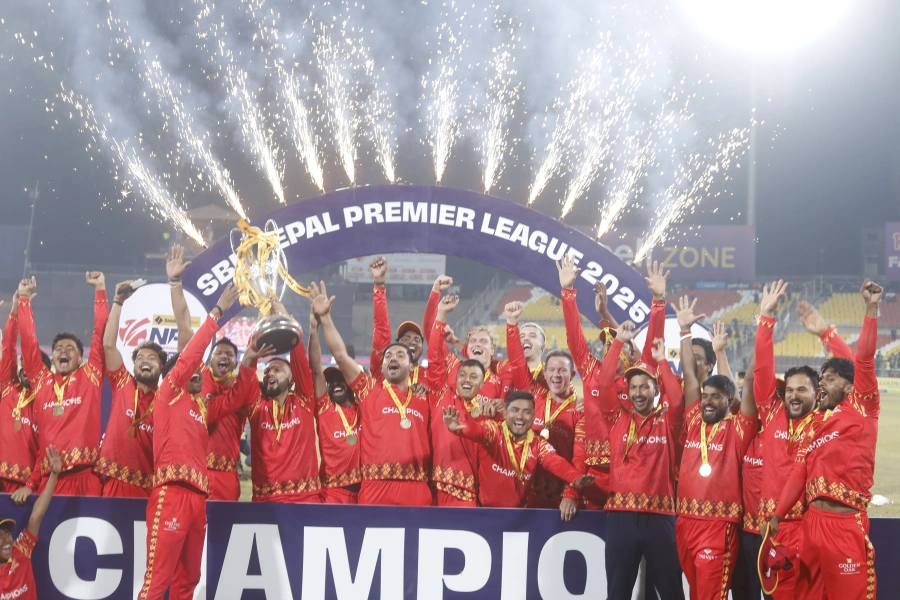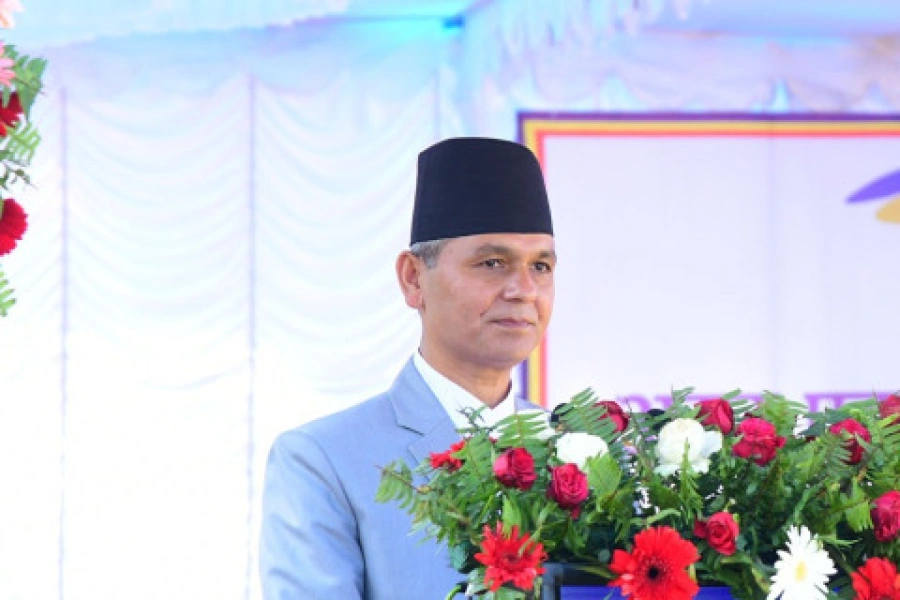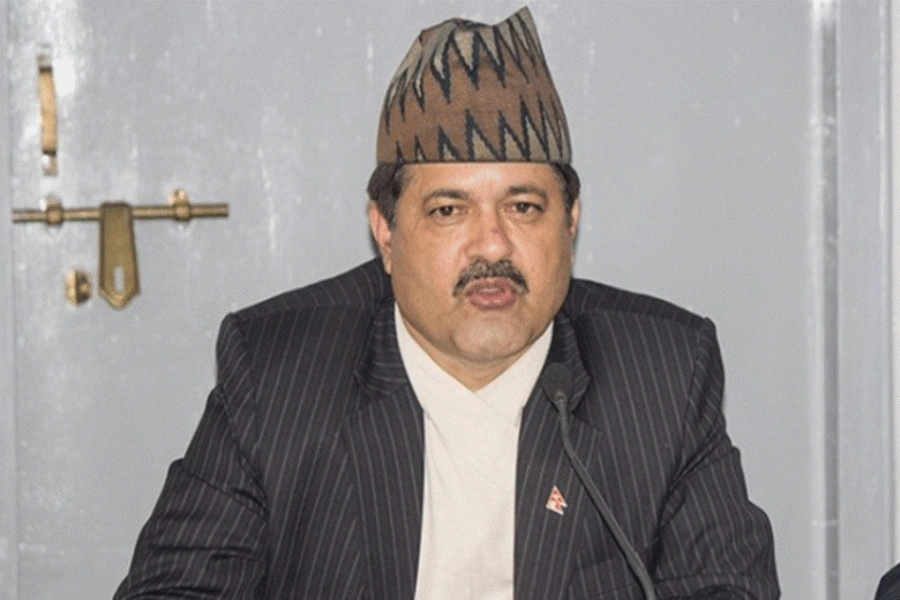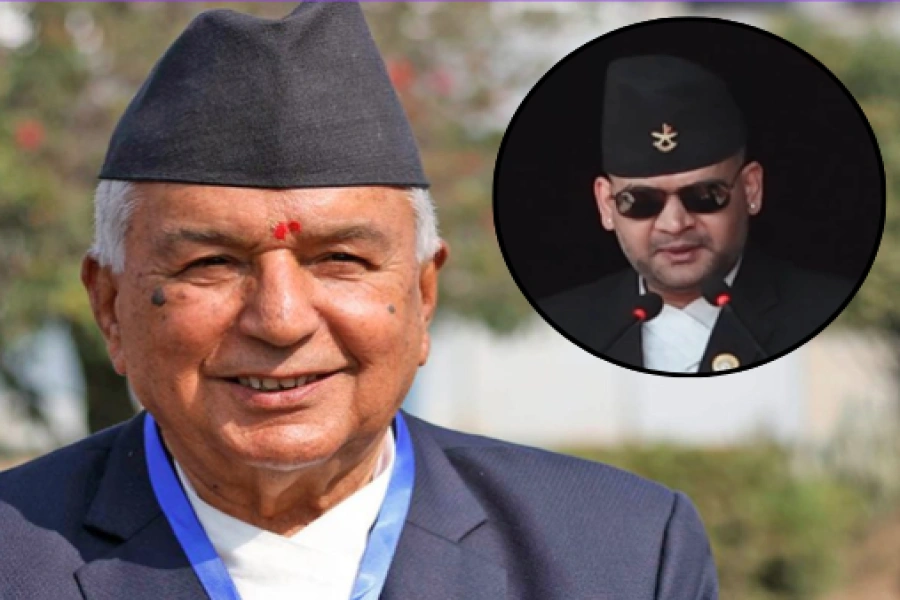Nepal has no excuse but to deliver on development. What we need to care about, however, is the quality and sustainability of development
One could claim the best thing federalism brought to Nepal is speedy development. No matter which corner of the country you visit today, you see construction works happening around. Big yellow machines seem to be operating everywhere—from high hills to the plains. The dust across the nation has become a sign of development and progress. You can see it along Pathlaiya-Birgunj Highway, Birgunj-Kaliya route, Biratnagar-Itahari route or track opening for Madhya Pahadi Lokmarga. Biratnagar is in its worst. Here every road is in the phase of rebuilding.
The bridge built in Dobhan of Taplejung managed to connect several local regions within Taplejung and Terathum, letting transportation access to several regions across. Or, say Narayanghat-Muglin road has made connectivity of capital with Tarai easy. Didn’t Koteshwor-Kalanki’s road widen up Kathmandu’s runway?
But few things stand out as you observe construction works going on across the nation. First, how scientifically are they being built? Koteshwor-Kalanki highway seems perfectly fine unless you have to change down to sub lane. You need to travel the next 2-3 kilometers extra to get down to the narrow lane. Again, there are not enough sky bridges. Sky bridges could be built later but the big road’s lane issue seems to be troubling for a longer period.
Scientists see downsides to top COVID-19 vaccines from Russia,...

The major drawback in construction is political influence. There were enough suitable spaces in Taplejung for the airport, but it was built at such place where the temperature would never remain constant, where fogs and winds trouble. And, it was done knowingly. As a result, no regular flights could be reliable. If the next generation would have to think over the new airport that would not just be repetition, but a curse to a past generation too. Things should not turn out like construction of Sky Bridge in Kalanki, which was not properly planned. Roads around mayor’s house in Biratnagar seem to be so fine, so clean and so standard but only around his house premises. There are plenty of examples, where road tracks are being made complicated just to ensure few people’s access.
One day, the driver told me that it was a complete waste of time for him to opt for Mid Hill Highway to reach Myaglung, headquarters of Terathum from Phidim, headquarters of Panchthar. He had to waste four hours driving along that particular route. Had he taken the next alternative route, he would have saved four long hours. We need to look into whether enough research has been done before building the roads, because if alternatives are taken into consideration, all capital expenditure could be a waste.
The diverse geographic formation of Nepal has to be taken into consideration. While taking forward construction works, natural disasters like floods in Tarai and landslides in the hills have to be considered. This is not happening anywhere across the country. People just want to get budget allocated in the name of development. Apple and Samsung were fined for intentionally slowing down their old phones to promote the new releases. Who would look for such an issue here?
Drainage barely is an important issue in the first phase, but they seek to work on it again later, damaging the road one more time. Despite knowing that smoothness in the road cannot be ascertained just through roadways and ignoring the drainage route, the works are being carried out anyway. Drainage would be the next plan and then, you know what will follow.
As a result, the construction work goes on, people keep earning, productivity would not meet expectations at all. Frostbite and Hypothermia are common diseases that workers involved in construction work suffer from. Who cares about occupational health and safety here? Use of helmet is seen only in noticeable areas.
Political influence is more troubling. Who receives the construction tender is highly dependent on the political will. What counts is if the members of committee associations helped the leaders during the elections. What about the commission—five percent in a general basis at least? And who looks after that? After all, that has to be divided among staffs and elected people. So even if the quality suffers, there is nobody to complain.
Local government has been given the power to allocate the budget. That’s fine. But a proper monitoring body is absent. So, even if people complain, no one would listen. Procedures and guidelines for District Transport Master Plans and Annual Road Maintenance Plans are not simplified yet. As a result, road safety becomes the headlines only when some big accidents take place. And we complain by saying no prior preparation and study is done in Nepal beforehand. So, Nijgadh Airport is left entirely with the set of confusion. Budgetary plan regarding the cable car, metro rail, and monorail is left in vague terms.
Construction work in Nepal requires long term vision. How long will fast track and Melamchi water project take to conclude? Strict implementation and monitoring body must be set up for gearing up productivity. Development Partners should be reliable and trustworthy enough too. Upon necessity, Public Road Act 1974 should also be amended.
After all the political changes the only option remaining right now is development. Risks for working in remote regions are getting minimized. Government officers, banks and health services are expanding their services at local levels. Schools and educational houses are receiving grants and aids from various foreign donors. Undoubtedly, Nepal has no excuse but to deliver on development. What we need to care about, however, is the quality and sustainability of development.
The author is a banker



-1765796789.webp)
